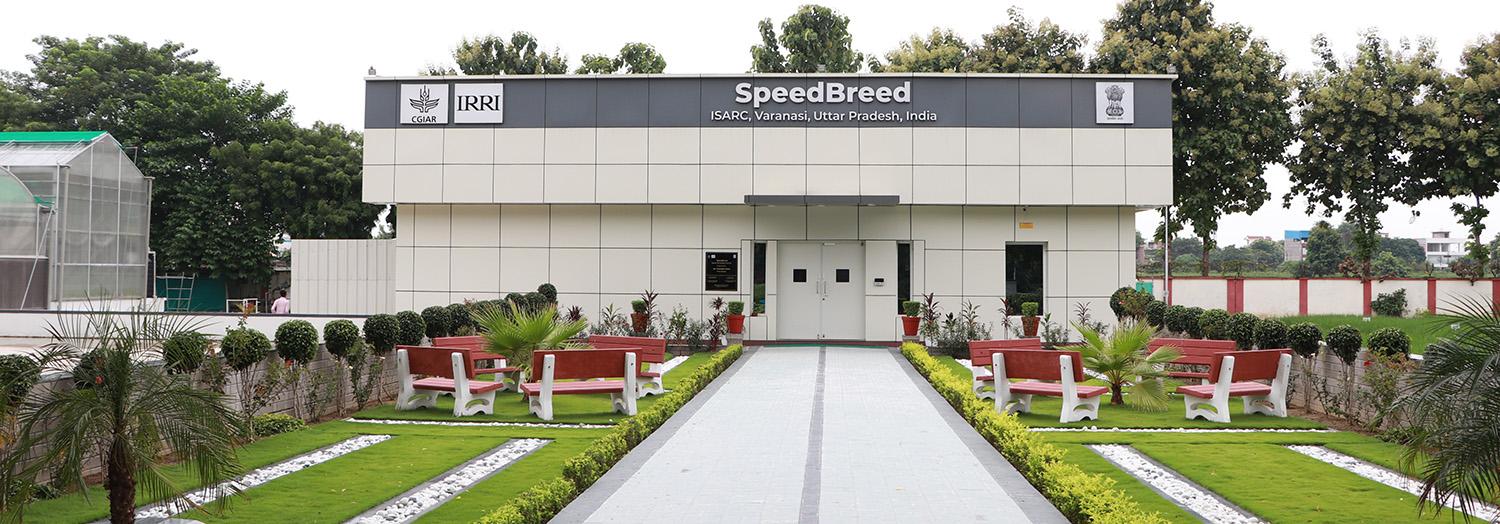SpeedBreed: A crop breeding center built for speed
- From
-
Published on
19.09.22
- Impact Area

The time it takes to develop new varieties of economically important crops like rice, wheat and maize is not fast enough to keep up with the demand in a rapidly changing environment. The need for new varieties is particularly critical with the changes in climate patterns. Delayed monsoon, drought, or too much rain is disrupting global cropping cycles, providing opportunities for emerging new pests and diseases and farm operations leading to declining food security.
It may take 8 to 9 years to develop a new rice variety using conventional breeding methods and a few more years for the variety to reach farmers.
“A revolution in rice breeding is what we need now,” Bertrand Collard, a rice breeder at the International Rice Research Institute (IRRI) said in IRRI’s new breeding factory . “Not much has changed in the last 50 years. The methods used today in Asia are generally the same as the ones used in the 1960s and 1970s. More importantly, the rate of yield increase or genetic gain for irrigated varieties is less than 1% per year.”
Additionally, a study conducted by IRRI showed that reducing a breeding cycle by two years translates to an economic benefit of about USD 18 million over the useful life of the variety.
Newer breeding technologies have reduced that time to about six years but there is still room for improvement. To address the situation, scientists and plant breeders have stepped up their efforts to accelerate the development of new crop varieties that can better withstand harsher environmental conditions and resist pests and diseases, and produce higher yields that are also more nutritious, and more suited for sustainable agricultural systems.
Building breeding shortcuts
Longer generation times and seasonal constraints are the key restricting…
Related news
-

Taste of progress: High-iron bean nutritional formulation draws international acclaim
The Alliance of Bioversity International and the International Center for Tropical Agriculture (CIAT)02.07.25-
Nutrition, health & food security
When Samuel Uwihanganye - a passionate advocate for children’s nutrition and community empowerment…
Read more -
-

KOICA, UPLB, IRRI Partnership Establishes a Genomic Powerhouse to Future-Proof Agriculture
International Rice Research Institute (IRRI)01.07.25-
Food security
LOS BAÑOS, Philippines (26 June 2026) — KOICA, UPLB, and IRRI came together to showcase…
Read more -
-

A Quest for Market- and Farmer-Aligned Rice Varieties in Mozambique
International Rice Research Institute (IRRI)01.07.25-
Food security
Quelimane, Mozambique (11 June 2025) — Mozambique is taking steps toward a more market-responsive …
Read more -
